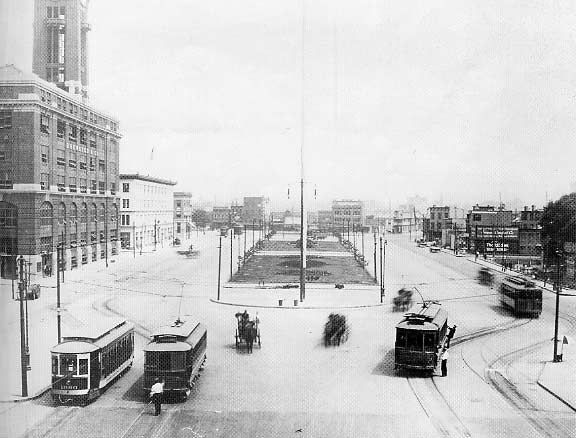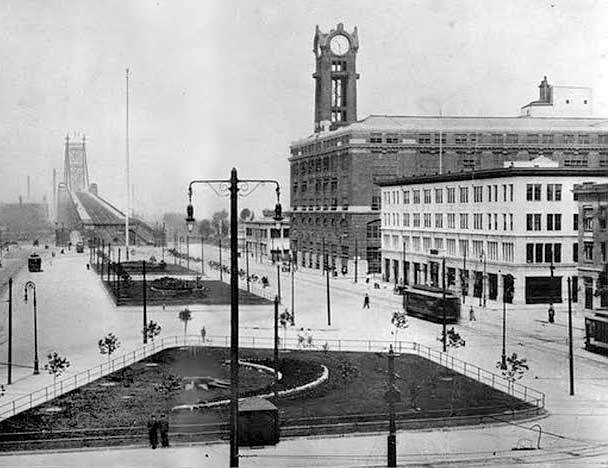For tourists, Queens can seem obscure and something mysterious. There are many sights to see and places to visit. However, city dwellers are well aware that this unique borough has its own rhythm and beauty. Read more about all of Queens’ features in this article on queens-future.
The history of Queens

Considered to be the largest of New York City’s boroughs, Queens covers a total area of 109 square miles. Located on Long Island, it borders Brooklyn.
Queens is home to over two million people. The county was established in 1683. The settlement was named in honor of the English Queen Catherine of Braganza. As early as 1691, all the counties in the colony of New York were redefined. Queens received the North and South British Isles. Since its founding, Queens County has included areas that are now part of Nassau County.
Since 1683, Queens County has consisted of 5 towns, such as Flushing, Hempstead, Jamaica, Newtown and Oyster Bay. The borough of Queens was officially authorized in the spring of 1894.
The adaptation of railroads to electric traction was a significant event in the borough’s development. It happened in 1908, so people gained an excellent opportunity to travel from one city to another. Toward the end of that year, local authorities completed the construction of the Queensboro Bridge and the railroad tunnels under the East River. In 1915, most of Queens was connected to New York City. In 1939, LaGuardia Airport opened in the Northern part of the borough.
It is believed that the first colonial settlers in the borough who came here were the Dutch. Geographically, Queens and Brooklyn are part of Long Island. The identity of these boroughs is closely tied to New York City, so they are rarely considered part of Long Island. Most city dwellers believe that Nassau and Suffolk Counties are the ones that belong to Long Island.
This borough is diverse in terms of demographics.
Queens Pride

The borough is known for having a beautiful City Field stadium, the home arena of the New York Mets, where concerts and various corporate events are often held. Queens Zoo is located within the borough, in Corona Park. It is worth noting that it was founded in 1968. After its opening, it started operating as a cage-free zoo.
There are many other well known attractions in Queens, including the Museum of the Moving Image in Astoria, the Queens Botanical Garden in Flushing, the Socrates Sculpture Park in Astoria and MOMA PS1 in Long Island City.
In addition to these institutions, the borough has earned a reputation as a center of hundreds of intersecting cultures. It has resulted in Queens becoming the most linguistically diverse place in the entire world. There is a wide range of dialects here.
The borough has a generous selection of diverse cuisines to choose from. The fact is that for centuries, different neighborhoods have been closely associated with certain types of cuisine. In the restaurants of Queens, you can find offers of Greek, Chinese and South Asian cuisine.
In terms of culture, African-American culture is the most developed here, with many establishments catering to African-Americans. In 1940, Queens became an important center of jazz. Then many famous jazz luminaries, including Louis Armstrong and Charlie Parker, settled in the city.
Queens has a variety of museums and cultural institutions that serve different communities. The Lonely Planet travel magazine named the city the best in terms of cultural diversity.
It is worth noting that the borough has the second largest economy among the five boroughs of New York City. The most common areas of activity are trade, transportation and the provision of utilities. Many large companies have their headquarters in Queens. The borough continues its rapid development and economic growth with state-of-the-art technology.


